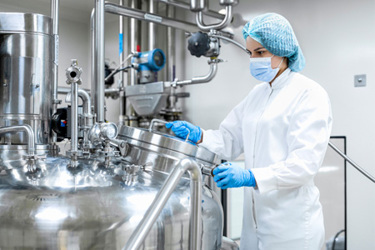Laminar And Turbulent Mixing Techniques For Lipid Nanoparticle Formulations Scale Up Approach

Successfully manufacturing lipid nanoparticles (LNPs) for advanced therapeutics, like nucleic acid-based vaccines and therapies, requires careful attention to the formulation process, particularly during scale-up. This white paper explores the critical process parameters and technologies involved in LNP formulation, focusing on different mixing techniques.
LNPs are typically composed of four lipids, with the ionizable lipid being crucial for nucleic acid encapsulation and release. The process involves mixing an aqueous RNA solution with an ethanolic lipid solution via nanoprecipitation. The choice of mixing—either laminar flow (microfluidics) or turbulent flow (tee and jet mixers)—significantly impacts the critical quality attributes (CQAs) of the final product. Laminar mixing, often using microfluidics, provides highly controlled, homogenous particles but can present scale-out challenges for large batches. Turbulent mixing, utilized in Tee and jet mixers, allows for higher flow rates and scale-up, which can reduce production time. Compare these approaches and their impact on LNP CQAs across different manufacturing scales.
Get unlimited access to:
Enter your credentials below to log in. Not yet a member of Cell & Gene? Subscribe today.
